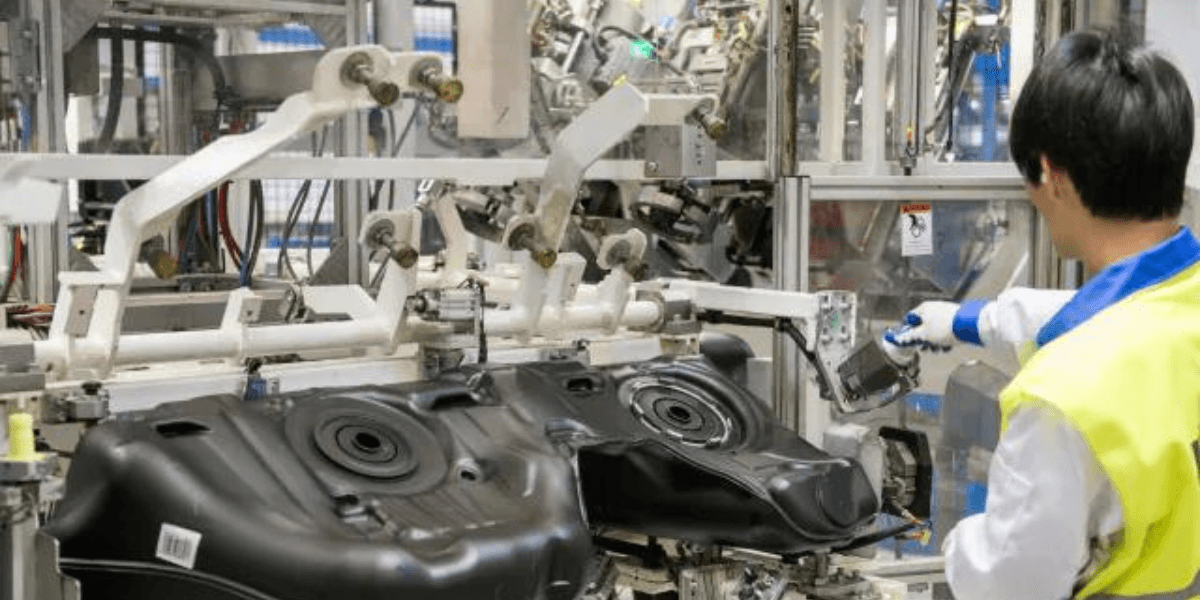Cloud connectivity has become the backbone of modern manufacturing. It enables real-time monitoring, smarter AI models, and easier collaboration across plants.
But with that convenience comes a question we get often: how secure is it?
This post explains how our engineering team approaches cloud security - what the real risks are, and how we build systems that stay both connected and protected.
Understanding the Trade-Offs
Cloud infrastructure gives us flexibility, scalability, and faster innovation. It also connects systems that were once completely isolated, which means more potential points of entry if not configured properly.
The biggest risks aren’t unique to Eigen or manufacturing; they’re part of using any connected system:
Misconfigurations: something left public that shouldn’t be.
Over-permissive access: users or devices given more rights than necessary.
Weak identity control: compromised credentials that open internal systems.
Insecure APIs: endpoints not locked down properly.
Compliance drift: frameworks evolve faster than many systems can adapt.
These aren’t flaws in the cloud itself. They’re reminders that security is a shared responsibility between provider and user.
How we approach security at Eigen
1. Built on trusted infrastructure
We use leading cloud platforms that maintain strict security certifications and compliance standards. These include encryption at rest and in transit, network segmentation, identity and access management, and audit logging. That baseline lets us focus on what matters most: protecting our AI systems and customer data.
2. Verified code and models
Every AI model, algorithm, and software package deployed through our systems is cryptographically signed. Edge devices verify those signatures before execution, ensuring that only approved and verified components ever run in production.
We also maintain detailed logs linking model versions, deployment locations, and timestamps. This ensures traceability across the full AI lifecycle, critical for both accountability and continuous improvement.
3. Proven, open-source foundations
When integrating with industrial protocols, we rely on mature, well-vetted open-source libraries. Their transparency and broad testing base reduce risk compared to proprietary or untested alternatives.
4. Defence through design
We design for resilience rather than assuming perfection. That means applying layered security: encryption, strict access control, segmented networks, and continuous monitoring. If an issue occurs, these layers contain it and speed up recovery.
What this means for manufacturers
Cloud connectivity doesn’t make systems inherently less secure, but it does require a different mindset. Visibility, verification, and control need to be built in from the start.
For manufacturers evaluating their own setups, a few simple checks go a long way:
Who has access to what systems, and why?
Are software updates verified before running?
Can you trace which model made a decision, and when?
Being connected to the cloud isn’t a risk to avoid; it’s a capability to manage. By combining trusted infrastructure, verified AI deployments, and clear traceability, manufacturers can safely take advantage of the cloud’s benefits.



